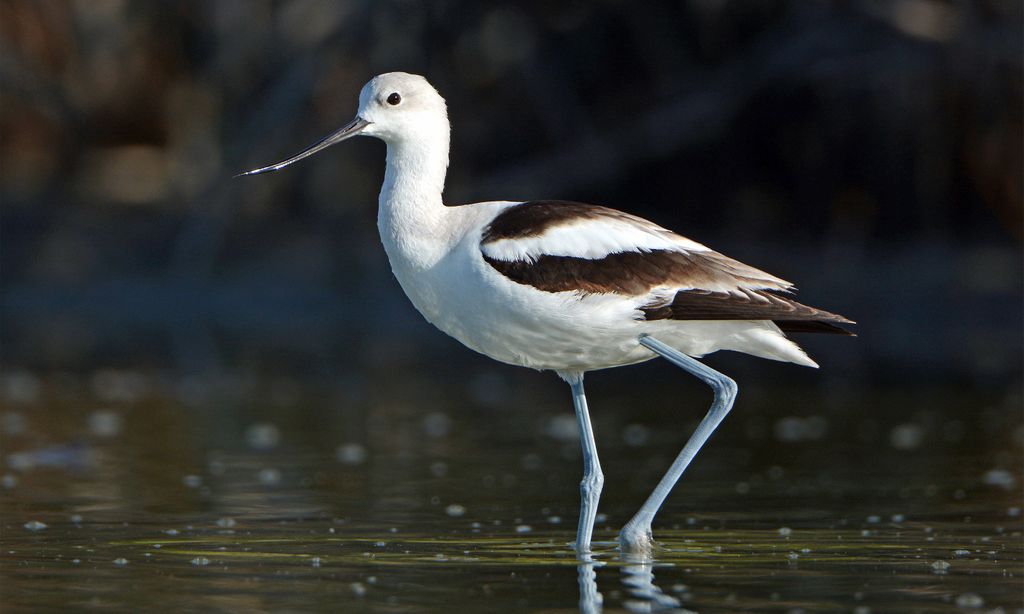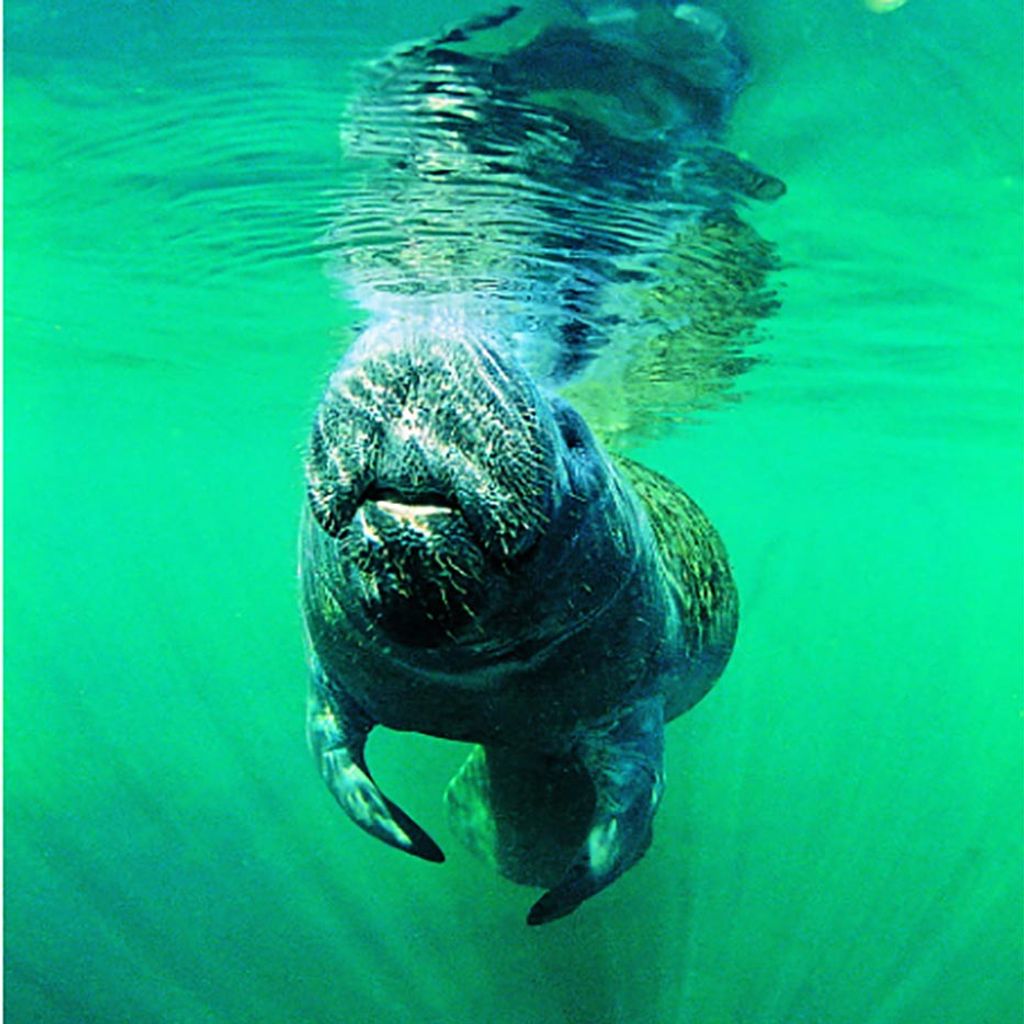A healthy ecosystem always consists of a complex food web and Fort Myer's ecosystem is no different. Expect to see any array of marine life, including gigantic sea stars, cassiopea and sand dollars - a type of burrowing sea urchin.
Filter feeding bivalves, like mussels, clams, scallops and oysters become strangely mesmerising once investigated up-close and make great subjects for macro-photographers, especially during low tide. But beware, a sinister predator lurks in the shallows, that devours its prey by eating them from the inside out. Luckily for us humans, I’m referring to another mollusc, the Lightning Whelk. As a gastropod it moves along on its ‘foot’, much like a land snail, searching for bivalves. Once it locates its prey, it uses its powerful foot to pry open the shell with the edge of its own.





























